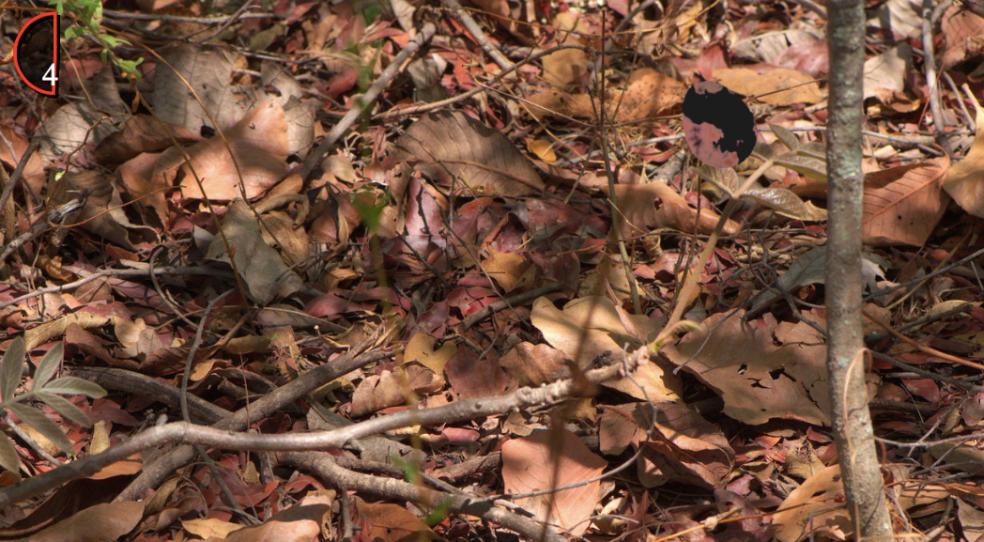
Online egg hunt helps unlock secrets of camouflage
An online Easter egg hunt in which players act as ‘predators’ to find hidden bird eggs will help scientists better understand camouflage and its evolution.
The new game, called Egglab, is a type of citizen science – a genuine scientific experiment that anyone around the world with a computer, smartphone or tablet can take part in, with the aim of understanding how different types of camouflage evolve in different habitat types.
It has been created by a BBSRC-funded research team led by Dr Martin Stevens of the University of Exeter, who have been investigating how camouflage works to defeat predator vision and improve survival chances.
Their Easter egg hunt involves players acting as ‘predators’ to find bird eggs that are hidden in images resembling the nesting habitats of three species of nightjar from a study site in Africa. All three species nest on the ground where they are very vulnerable to hungry predators, and rely on camouflage to avoid being gobbled.
In the game, players search for eggs and click on them when they see them. After each generation, only the top 50% of the eggs in a ‘population’ survive and reproduce. The next generation starts with those most camouflaged eggs from the last generation, along with ‘mutated’ versions that have changes in their colours and patterns. These are presented to players again and the game continues. Over time the eggs evolve different camouflage patterns and become harder to spot.
At the end of the game the scientists will analyse how good the eggs are at being camouflaged against the different habitat types, and what type of camouflage evolves, from colour patterns that simply match the background, to disruptive markings that destroy the outline and shape of the eggs.
Dr Stevens, who is based at the University of Exeter's Penryn Campus, said: “The game allows people to experience and understand some of the basic concepts of evolution and survival of the fittest. Only the most camouflaged eggs will survive and evolve over time. Players are immersed into the game not just by the evolving eggs, but also through the ability to track the evolution of each egg over generations.”
The new game should help the researchers discover what features makes effective camouflage against different background types, including different colours, patterns, and levels of visual contrast.
Dr Stevens added: “Camouflage has long interested humans in nature as well as for military purposes, hunting, fashion, art and design and continues to be important in all these areas. At the moment there is also additional interest in camouflage associated with the WWI centenary.”
Egglab is the third citizen science game released by the team, with two smaller scale games previously attracting around 15,000 players. A BBSRC YouTube video relating to the games has so far received more than 450,000 views.
Alongside the new evolving egg game, the team have also made an Easter egg hunt challenge, which works in Facebook as well as in web browsers. This involves people picking eggs and hiding them in a background, and then sending a challenge to friends to find them.
Dave Griffiths of FoAM Kernow, who made this and the team’s earlier games said: “It's exciting to be able to invite people to participate in scientific experiments with a fun online game that pushes the boundaries of web graphics technology. Collaborating with the researchers on this open source project and exploring the possibilities of the science of camouflage and perception has been a highly creative experience.”
The games can be found here: http://nightjar.exeter.ac.uk/egglab/
The work is part of a wider project co-led by Dr Stevens at Exeter and Dr Claire Spottiswoode of the University of Cambridge, with Dr Jolyon Troscianko and Mr Jared Wilson-Aggarwal (both also of Exeter), investigating camouflage in ground nesting birds in Africa, including nightjars and plovers.












